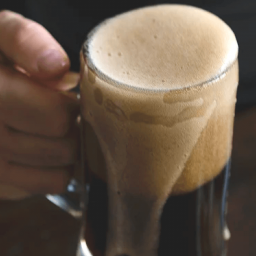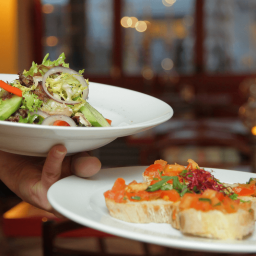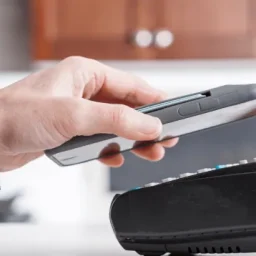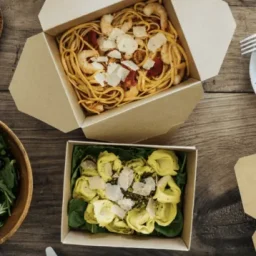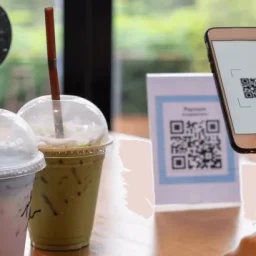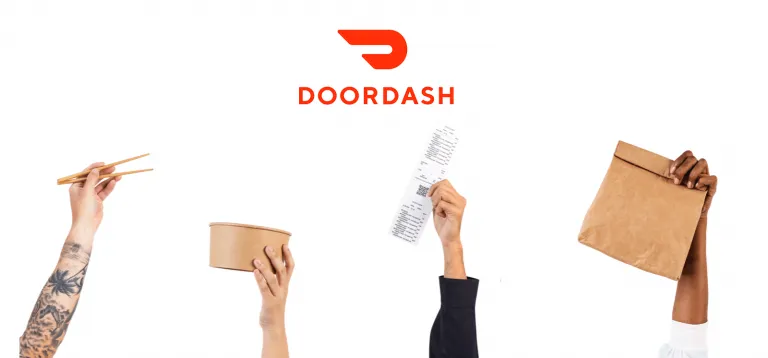
As a restaurant, having delivery drivers is essential to provide the best service to customers, allowing them the convenience of in-store dining or delivery options. The problem is, hiring full-time drivers can be more costly than anticipated. Thankfully, DoorDash has implemented DoorDash Drive, a new facet of their application to directly aid restaurants with their delivery needs. With DoorDash Drive, restaurants can “get access to a professional delivery fleet, without dealing with the logistics. Pay a flat fee per order, and [they’ll] handle all the logistics of delivery.”
DoorDash Drive is perfect for restaurants that are looking to start delivery but do not want to hire someone full-time, when a restaurant experiences peak hours, or is short-staffed. For annual events, like the Superbowl, when restaurants expect an influx of customers, they can add more drivers so they can continue to accept and deliver orders. With a driver on-demand, managers don’t have to worry about being short-staffed when drivers call out last minute; just add a driver as delivery orders come into the POS system. If a restaurant only needs drivers during peak hours, they can pay per order and start accepting more deliveries. Overall, DoorDash Drive makes the entire delivery process more efficient and less stressful for restaurant owners and managers alike.
Restaurants can now request a driver at any time, keep track of their orders, streamline delivery costs, and, most importantly, drive incremental sales. With over 200,000 drivers at the industry’s disposal across 800 cities in the United States, there will never be an issue with finding an available driver. In addition, DoorDash’s innovative logistics platform allows for easy integration with the restaurant point of sale systems such as LINGA rOS®.
To begin using DoorDash Drive, there are 3 steps that must be completed:
- Sign up: provide DoorDash with basic information about your business and delivery needs.
- Receive a Custom Recommendation: DoorDash Drive’s team will assess your specific delivery needs and then recommend the optimal plan catered to your business.
- Offer on-Demand Delivery: Start fulfilling delivery orders with DoorDash Drive’s integrated solution with a vast network of available drivers.
Read about: Why our upcoming DoorDash, UberEats & Deliverect direct delivery integrations are important

